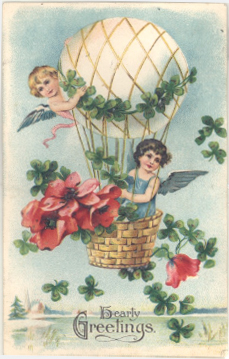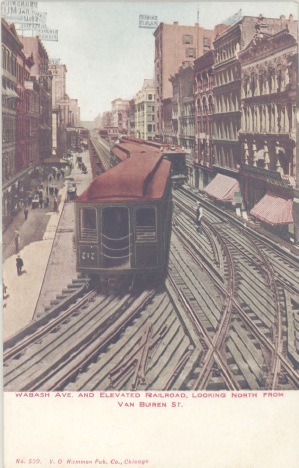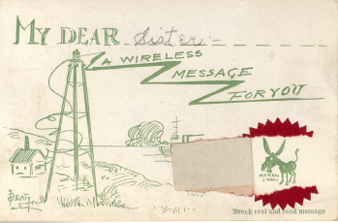If you have never had the opportunity to visit our museum campus we hope that you will enjoy this video! If you would like to take a tour of our campus in person, please visit our Museum Tour Appointment Calendar and schedule your tour today!
Thank You to Our New Business Members
APC Financial Group
Busse Automotive
Formula Auto Repair
Friedrichs Funeral Home
Hearth & Home
Law Office of Mark J. Watychowicz
Mount Prospect Child Care Center
Picket Fence Realty (Thomas and Mary Zander)
Specialized Janitorial Service
Van Driel’s Medical Support Wear
Vista Linda Eye Care
Wilkin Insulation
Visit www.mtphist.org/membership/ to learn how your business can become a member too!
From the Collection, Spring 2022
Throughout the early 1900s Lena Friedrichs kept in touch with friends and family by sending postcards. During the first fifteen years of the 1900s, postcards were an immensely popular way to send a quick note to loved ones, much like a text message with emojis today.
Postcards came in all sorts of designs for just about every occasion and sentiment that a sender could imagine. Lena’s collection demonstrates this wide variety. Some of the postcards send a holiday greeting or a congratulations, while others are photographs of places that family and friends had visited. Still others are much more whimsical! Now that Lena’s collection has been digitized, I wanted to share some favorites with you.
Thank you to all the volunteers who digitized these postcards!



